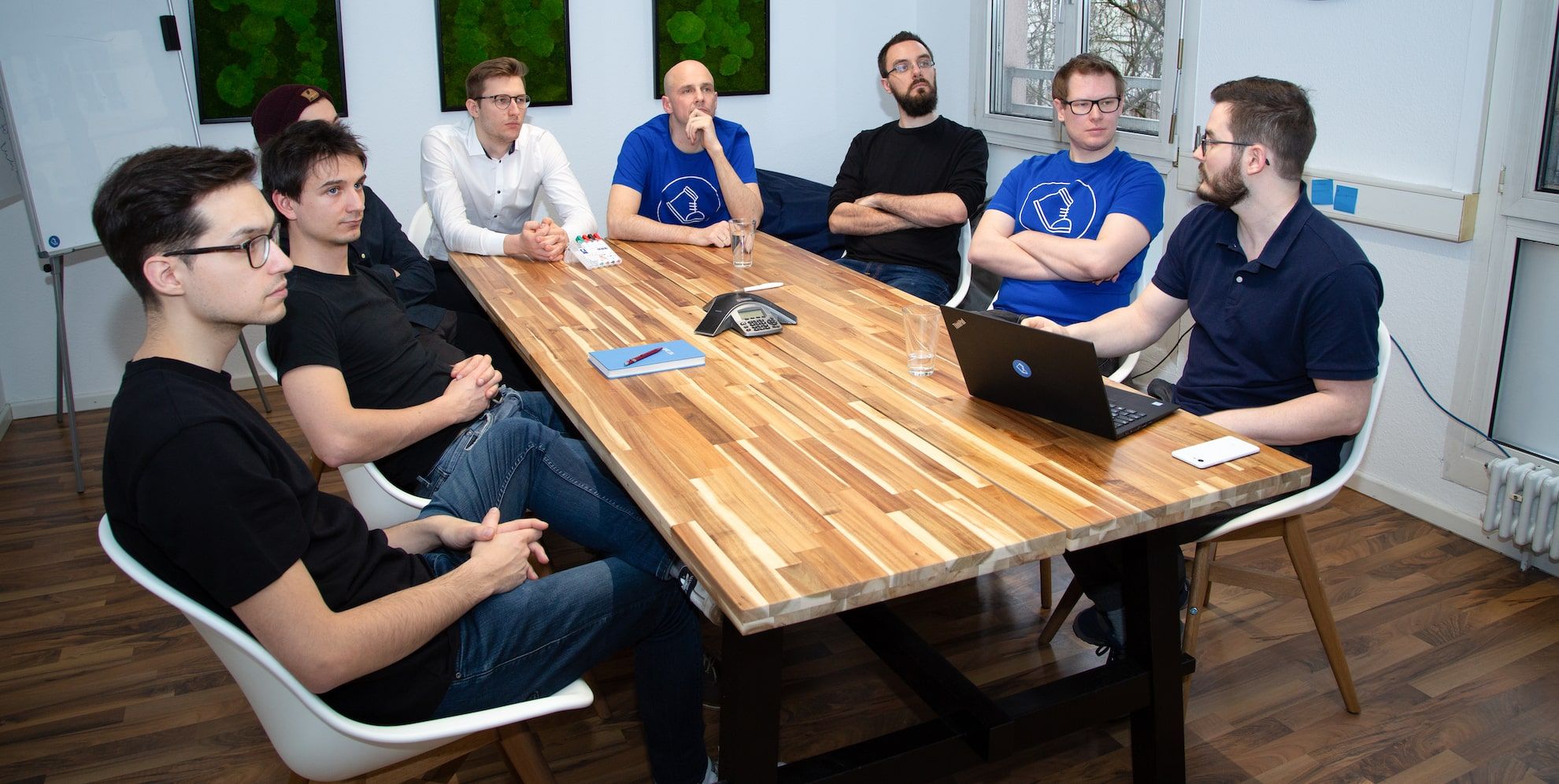Workflow automation
Develop and release faster while saving costs


Automation saves costs
Workflow automation is of interest to many different stakeholders in software development projects. From a business perspective, the most obvious reason is financial: automation enables significant cost savings.
We help with the automation of your cloud native development workflows. Let us figure out how to get rid of manual efforts, human points of failure and implement a stable automated workflow that sets your company up for a great development experience and a smooth release process.
Let’s break it down
Many processes can be broken down into a well-orchestrated and repeatable pattern of activities required to complete them. These types of activity patterns are called workflows, which workflow automation aims to automate. Thus, the main focus of workflow automation is to eliminate all human interactions by streamlining tasks and activities. In this way, manual errors are avoided, repetitive tasks are automated, and work gets done faster.

No automation without tools
Our philosophy has at its core, that we use tools wherever possible. Ideally something really specialized for every part in the chain. In fact, we have been developing in so many different environments over the last years, that we feel like we tried all of them already and have a very broad understanding of which tool works for which requirements.
And all of this also sometimes led to us developing our own open source tools, when we just couldn’t find the right match.
KUBERNETES PODCAST
Tools for the Craft: E2 - Remote K8s dev environments
In our podcast we discuss the different tool options that developers have to make their live easier and give you our opinion on the various options.
More episodes of the podcast can be found here:
More podcasts!
Cloud-native projects
Setting up our customer projects according to the cloud-native approach helps us to develop complex systems quickly and efficiently and to implement short, efficient release cycles. The following projects are a small excerpt from our past cloudnative projects.



